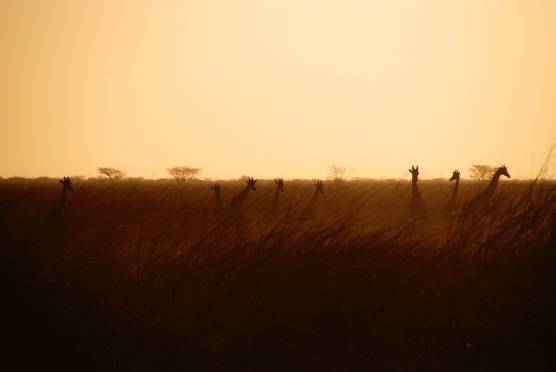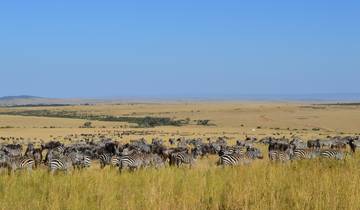
Best time to visit Masai Mara
Animals - including the Big Five - can be seen year-round in Masai Mara National Reserve! However, if you're dreaming of seeing the Great Migration - the natural phenomenon that sees thousands of wildebeest travelling from Serengeti National Park into Masai Mara, the best time to visit is from July to October.


When is climate and weather best in Masai Mara?
The months of June to October see the least rainfall in Masai Mara, as this is the dry season. Masai Mara experiences two rainy seasons, the "long rains" and the "short rains." The long rains take place from March to May, and the short rains occur from October to December. While travellers visiting during the rainy seasons will have fewer crowds around them, they should be prepared for muddy conditions.




